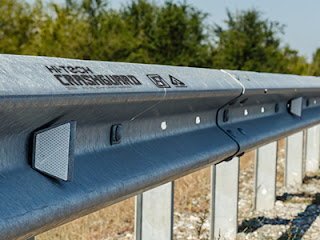Steel pipes and tubes
Steel pipes and tubes are integral components in various industrial, commercial, and residential applications. Here's an overview of their types, manufacturing processes, and uses:
Types of Steel Pipes and Tubes
1. Seamless Steel Pipes: Seamless pipes are manufactured using a process that pushes hot steel billets through a die to produce the pipe. These pipes are known for their strength, uniformity, and ability to withstand high pressure. They are primarily used in high-pressure applications such as hydraulic systems, oil and gas pipelines, and in the construction of high-strength structures.
2. Electric Resistance Welded (ERW) Steel Pipes: ERW steel pipes are made from rolled steel coils, which are welded longitudinally by applying high-frequency electric resistance. These pipes are cheaper and are used extensively in engineering, fencing, scaffolding, line pipes, and in low-pressure liquid transportation such as water and gas.
3. Spiral Welded Pipes: Produced by winding and welding steel plate or continuous coil into circular shapes, these pipes are specifically useful in applications involving long distances and high pressure. They are commonly used in municipal water systems, petrochemical industries, and the oil and gas sector.
4. Galvanized Steel Tubes: These tubes are coated with a layer of zinc to provide corrosion resistance. Galvanized steel tubes are often used in outdoor applications where environmental exposure is a concern, such as in fencing, railing, and street lighting.
Manufacturing Processes
The manufacturing of steel pipes and tubes involves several key steps:
1. Coil Preparation: The raw steel is first converted into wide coils at a steel mill. For ERW pipes, these coils are uncoiled, flattened, and cut into a rectangular shape.
2. Forming: In the case of ERW pipes, the flattened steel sheet is curled into a cylindrical shape. For seamless pipes, the billet is heated and pierced through the center to create a hollow tube.
3. Welding: For ERW pipes, the edges of the rolled steel are welded together using electric resistance welding techniques. This step is not required for seamless pipes.
4. Finishing: The pipes are then cut to length, treated for corrosion resistance if required, and tested for quality and durability. Additional coatings may be applied depending on the intended use.
Applications
1. Construction and Building: Steel pipes are used in the structural components of buildings, in scaffolding, and for decorative applications within architectural designs.
2. Transportation of Fluids: Both seamless and welded pipes are used for the transportation of water, oil, gas, and other fluids under high pressures.
3. Automotive Industry: Steel tubes are used in various automotive parts, including fuel injection systems, hydraulic systems, and exhaust systems.
4. Machinery and Equipment: Steel pipes and tubes are essential components in heavy machinery and industrial equipment, providing structural support and facilitating the flow of liquids and gases.
Conclusion
Steel pipes and tubes play a critical role in modern infrastructure and manufacturing. With a range of types and extensive applications, they continue to be a fundamental element in industries worldwide, contributing to technological advancements and structural safety.
More Read: Steel Pipes


Comments
Post a Comment